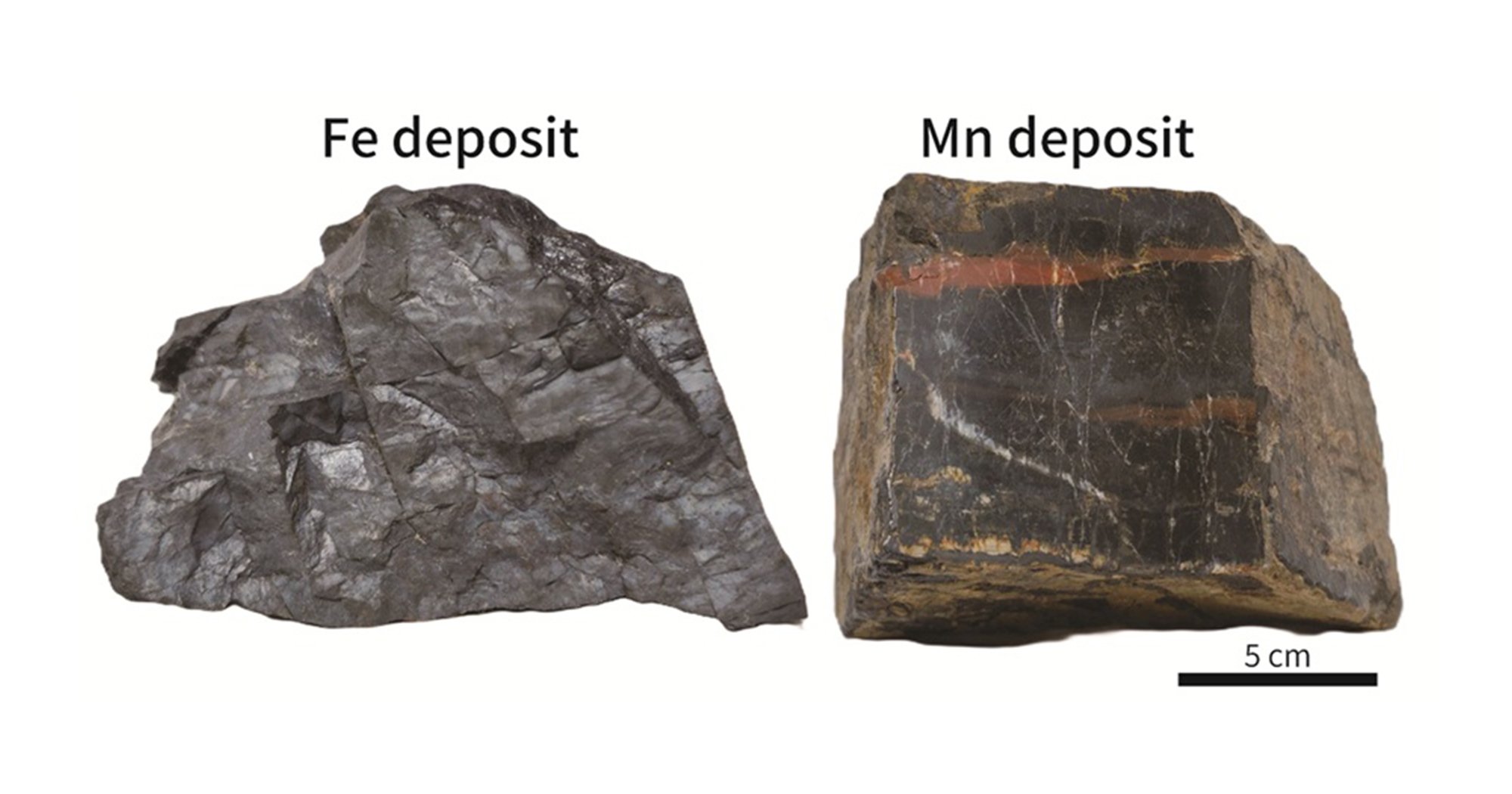Share this
Authors
Yuki Tomimatsu, Tatsuo Nozaki, Tetsuji Onoue,Hironao Matsumoto, Honami Sato, Yutaro Takaya, Jun-Ichi Kimura, Qing Chang, Manuel Rigo
Abstract
The Carnian Pluvial Episode (CPE) was a short interval of extreme rainfall in the Late Triassic that caused significant changes in marine ecosystems. Global warming induced by Wrangellia volcanism is thought to have resulted in oceanic anoxia during the CPE, but the global extent, duration, and severity of anoxia, and its effects on major marine taxa, remain unclear. To address this, we examined an equatorial record of conditions in the Panthalassa Ocean during the CPE, focusing on marine Os isotope data, redox conditions, and conodont and radiolarian biostratigraphy. The results show that Wrangellia volcanism peaked in the latest Julian (early Carnian), coinciding with development of reducing conditions in the deep-sea Panthalassa. A strong conodont turnover occurred during the period of oceanic anoxia, whereas radiolarians were less affected and their diversity increased after the recovery from anoxia. The increased radiolarian diversity during the early Tuvalian (late Carnian) can be attributed to chemical weathering and enhanced nutrient fluxes associated with global warming and the more humid climate of Pangea.
Scientific Reports: https://www.nature.com/articles/s41598-023-43525-9
These Related Stories


